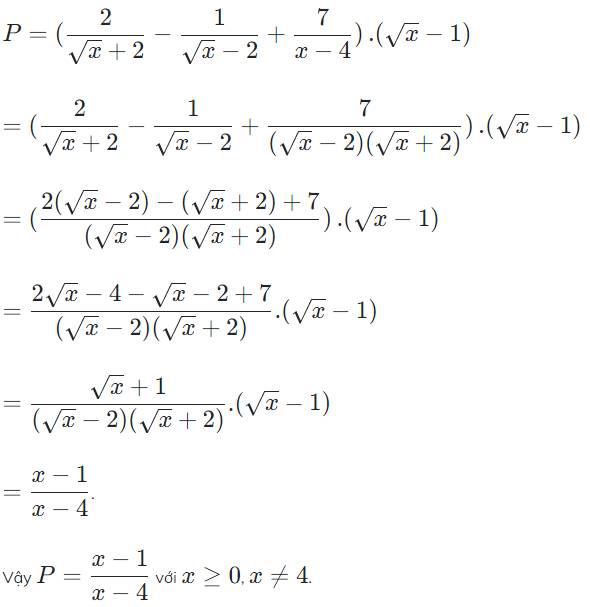

Nguyễn Thị Ái Vân
Giới thiệu về bản thân



































\(x^8-x^7+x^2-x+1>0\)
<=> \(x\left(x-1\right)\left(x^6+1\right)+1>0\)
<=> \(x\left(x-1\right)\left(x^6+1\right)>-1\)
<=>\(\left[{}\begin{matrix}x>-1\\x-1>-1\\x^6+1>-1\end{matrix}\right.\)
<=> \(\left[{}\begin{matrix}x>-1\\x>0\\x^6>-2\end{matrix}\right.\)
<=> \(\left[{}\begin{matrix}x>-1\\x>0\\x\in R\end{matrix}\right.\)
Xét từng trường hợp:
x > -1 (loại). Vì không thỏa mãn điều kiện.
x > 0 (loại). Vì không thỏa mãn điều kiện.
x ϵ R (nhận). Vì thỏa mãn điều kiện (đpcm)
A community helper I admire is a doctor. Physicians and surgeons diagnose and treat injuries or illnesses and address health maintenance. Physicians examine patients; take medical histories; prescribe medications; and order, perform, and interpret diagnostic tests. They often counsel patients on diet, hygiene, and preventive healthcare. I feel grateful for doctors because they help us grow and healthy every day.
a/ \(\dfrac{8\sqrt{2}-\sqrt{32}-4}{1-\sqrt{2}}\)
= \(\dfrac{-4\left(2\sqrt{2}-\sqrt{2}-1\right)}{1-\sqrt{2}}\)
= \(\dfrac{-4\left(1-\sqrt{2}\right)}{1-\sqrt{2}}\)
= -4
b/ ĐKXĐ: \(\left\{{}\begin{matrix}x\ge0\\x-4\ne0\\\sqrt{x}+2\ne0\\\sqrt{x}-2\ne0\end{matrix}\right.\Rightarrow\left\{{}\begin{matrix}x\ge0\\x\ne4\end{matrix}\right.\)
